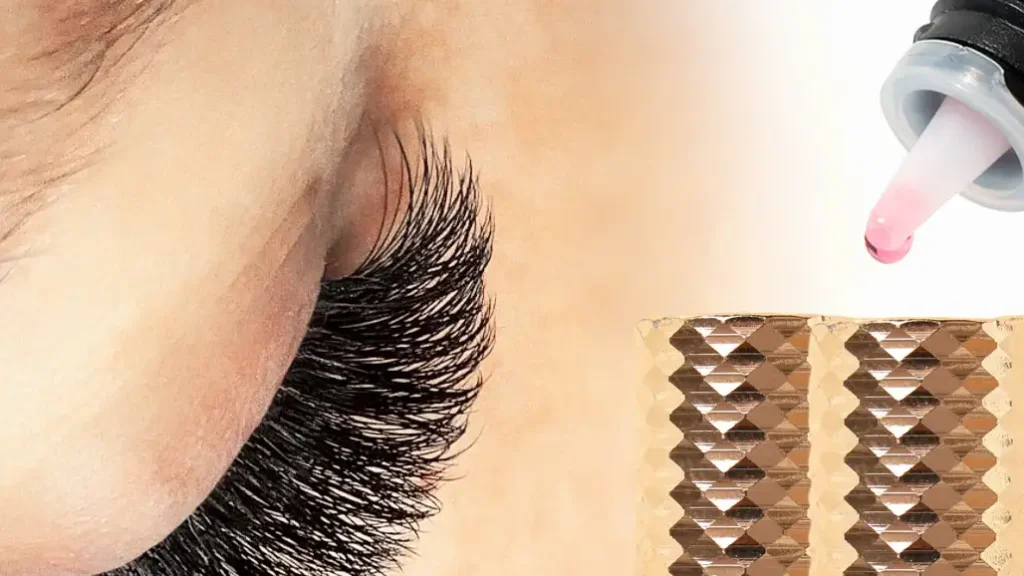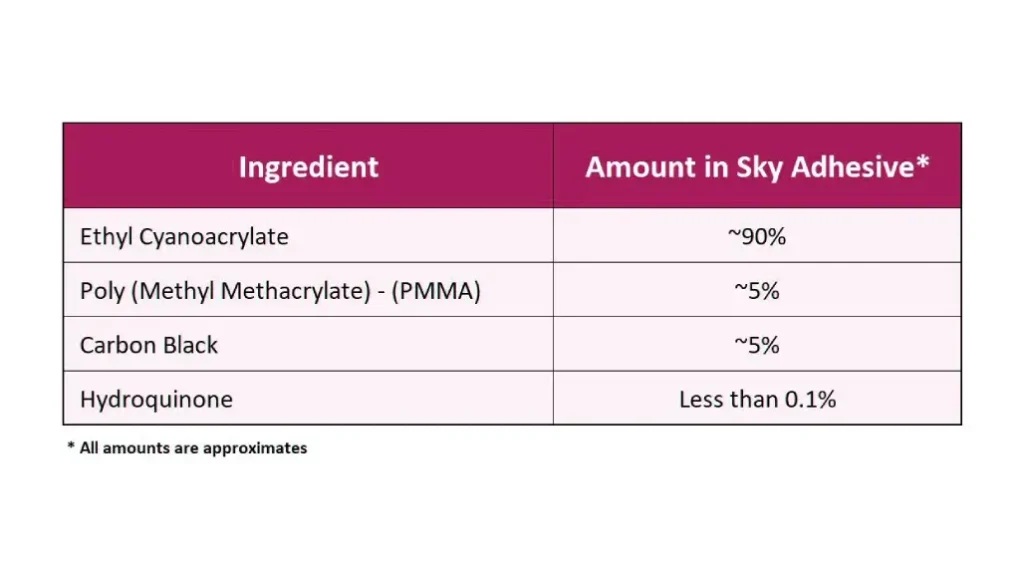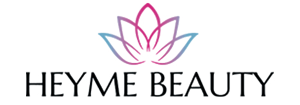![]()
Lash extension glue is a crucial component of the lash application process, responsible for securely bonding the synthetic extensions to your natural lashes. Understanding the ingredients in this adhesive is essential for lash artists and clients alike. This knowledge can help you make informed decisions about the products you choose and ensure a safe and effective lash application experience.
This blog post will delve into the common ingredients found in lash extension glues, exploring their functions, potential effects, and safety considerations. We’ll discuss the importance of choosing high-quality, professional-grade adhesives and the potential risks associated with using inferior or counterfeit products.
What is Lash Extension Glue

Lash extension glue is a specialized adhesive used to bond synthetic eyelash extensions to a client’s natural lashes. It plays a crucial role in the success of lash extension treatments, ensuring the extensions remain securely attached for the desired duration.
Formulated with a unique blend of cyanoacrylate compounds, lash extension glue dries quickly upon exposure to air, creating a strong and durable bond between the natural lash and the extension. The specific formulation of the glue can vary between brands, influencing factors such as drying time, bond strength, and potential for irritation.
Main Ingredients in Lash Extension Glue

The primary ingredient in lash extension glue is cyanoacrylate. This powerful adhesive is known for its rapid drying time and strong bond.
Cyanoacrylates are a family of fast-acting adhesives that cure almost instantly upon contact with moisture. In the case of lash extensions, this moisture comes from the slight humidity in the air. This rapid curing is essential for creating a secure bond between the synthetic extension and the natural lash.
Types of Cyanoacrylates:
- Ethyl Cyanoacrylate: A common type found in many lash glues.
- Methyl Cyanoacrylate: Known for its faster drying time and stronger bond.
While cyanoacrylates are crucial for lash extension application, they can also be irritating to the eyes. It’s essential to use high-quality, professional-grade lash glue from reputable suppliers. Always follow the manufacturer‘s instructions and safety guidelines carefully.
Other Ingredients (May be present in some formulations):
- Polymethyl Methacrylate (PMMA): A polymer used to improve the flexibility and durability of the adhesive bond.
- Hydroquinone: Can be used as a stabilizer or antioxidant to prevent the glue from prematurely hardening or degrading.
- Carbon Black: A pigment used to color the glue, often in black formulations.
| Ingredient | Function |
|---|---|
| Cyanoacrylate | Primary adhesive; provides strong, fast-drying bond |
| PMMA | Improves flexibility and durability of the bond |
| Hydroquinone | Stabilizer, antioxidant |
| Carbon Black | Pigment for black glue formulations |
Note: This table provides a general overview. Not all lash glues will contain all of these ingredients.
Cyanoacrylate in Lash Glue
This list presents different types of cyanoacrylates, each with varying properties:
- Cyanoacrylate: This is the general term for a family of fast-acting adhesives.
- Ethyl Cyanoacrylate: A common type found in many household superglues. It offers a good balance of strength and drying time.
- Methyl Cyanoacrylate: Known for its very fast drying time and strong bond. Often used in applications where rapid bonding is crucial.
- Butyl Cyanoacrylate: Generally has a slower drying time compared to ethyl and methyl cyanoacrylates. This can be beneficial in some applications where more precise placement is needed.
- Octyl Cyanoacrylate: Known for its high impact resistance and flexibility.
- Alkoxy Cyanoacrylate: This refers to a broader category of cyanoacrylates with modified properties. They can exhibit improved adhesion to specific surfaces or have altered drying times.
Important Note: The specific properties and applications of these cyanoacrylates can vary depending on the manufacturer and the specific formulation.
Ethyl Cyanoacrylate and Methyl Cyanoacrylate are most commonly found in lash extension glues.
- Ethyl Cyanoacrylate: This is a widely used type, known for its balance of drying time and bond strength.
- Methyl Cyanoacrylate: This type offers a faster drying time and a stronger bond compared to Ethyl Cyanoacrylate.
Ingredients to Avoid With Lash Extensions
What ingredients to avoid with lash extensions?
When it comes to lash extensions, certain ingredients can be detrimental to their longevity and the health of your natural lashes.
Oils: Oils are the biggest enemy of lash extensions. They can dissolve the adhesive bond, causing premature lash loss. This includes mineral oil, coconut oil, olive oil, and even some essential oils. Avoid products containing these ingredients near your eyes, such as cleansers, makeup removers, and moisturizers.
Alcohol: While alcohol can be a drying agent, it can also weaken the lash adhesive. Look for alcohol-free cleansers and toners specifically designed for use with lash extensions.
Water-Based Products: While less damaging than oils, some water-based products can still weaken the adhesive over time. Be mindful of the amount of water that comes into contact with your lash line, especially during showering and washing your face.
Is Latex Used in Lash Glue?
Some lash extension glues may contain latex.
Latex is a natural rubber that can cause allergic reactions in some individuals. Symptoms of a latex allergy can include itching, redness, swelling, and difficulty breathing.
If you have a latex allergy or are concerned about potential sensitivities, it’s crucial to choose latex-free lash glue. Many reputable lash extension brands offer latex-free formulations specifically designed for sensitive eyes.
Is There Formaldehyde in Lash Glue?
While formaldehyde itself is not typically added as an ingredient to lash extension glue, trace amounts can be released as a byproduct during the curing process of certain types of cyanoacrylate-based adhesives.
The amount of formaldehyde released can vary depending on the specific glue formulation and the curing conditions.
It’s important to choose high-quality lash glues from reputable brands that prioritize safety and minimize the release of formaldehyde.
Conclusion
By understanding the key ingredients in lash extension glue and their functions, lash artists can gain valuable insights into proper glue selection, application techniques, and client safety. Choosing the right glue for your clients and adhering to best practices ensures optimal results and minimizes potential risks.
Ready to elevate your lash game with premium quality lash extensions? Our lash extension factory specializes in manufacturing high-quality lash extensions using safe and effective materials. We prioritize client safety and offer a diverse range of styles and sizes to cater to every lash artist and client preference.
Experience the difference that superior quality makes. Contact us today to explore our wholesale lash extension options and discover how our commitment to excellence can benefit your lash business. Let’s build a successful partnership together.
